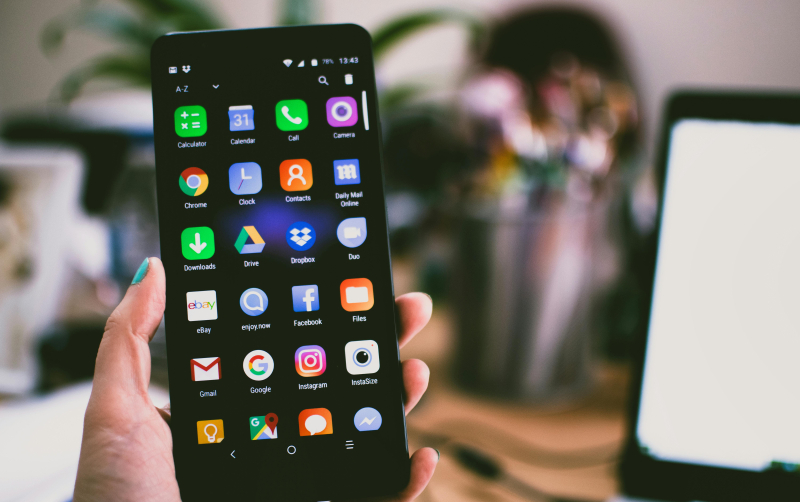The Evolution of Generative Models: From ChatGPT to Modern Solutions

What are Generative Models?
Generative models are one of the most advanced tools in artificial intelligence (AI), enabling the creation of new data based on existing datasets. These models can generate text, images, audio, and even videos that are almost indistinguishable from those created by humans.
Their applications span numerous fields, from automating routine tasks to fostering creativity. For example, text-based models can write articles, create virtual assistants, and visual models can craft unique images or design projects.
Early Stages: The Birth of Generative Models
The early development of generative models began with simple statistical methods. Techniques like n-gram language models analyzed word sequences to predict the next element in a text.
However, these methods had significant limitations. For example, they struggled to account for long-term word dependencies, and the quality of generated data remained low.
The advent of machine learning marked a breakthrough. More sophisticated algorithms enabled models to learn from large datasets and solve more complex tasks.
Revolution Through Deep Learning
The real breakthrough in generative models occurred with the emergence of deep learning. Key early technologies included Autoencoders and GANs (Generative Adversarial Networks).
Autoencoders compress and decompress data, allowing information to be encoded and reconstructed. GANs operate on a different principle, where two neural networks (a generator and a discriminator) compete with each other. This approach significantly improved the quality of content generation, such as high-resolution images.
ChatGPT: A New Standard for AI Interaction
ChatGPT is one of the most well-known generative models, revolutionizing how people interact with AI. Developed by OpenAI, ChatGPT leverages the Transformer architecture, enabling efficient processing of long text sequences.
The key feature of Transformers lies in their ability to focus on critical parts of a text through the attention mechanism. This allows the models to understand context and provide meaningful responses.
However, ChatGPT has also faced challenges. For instance, it may generate false information or display biases. Nevertheless, its advantages, such as high processing speed and adaptability, have made it incredibly popular.
Modern Solutions in Generative Models
Today’s generative models extend beyond text processing. They integrate multimodal capabilities, working with various data types. Examples include GPT-4, which can generate text and analyze images, and DALL·E, which creates unique illustrations based on textual descriptions.
These models are actively used in fields like design, marketing, education, and healthcare.
Ethical and Social Aspects of Generative Models
As generative models evolve, so do the challenges associated with their use. One of the most pressing issues is fake content, particularly deepfake videos that can manipulate public opinion.
There’s also the question of accountability for these technologies. How can we ensure they benefit humanity rather than cause harm? Many experts believe that developing ethical principles and regulations is crucial.
The Future of Generative Models
The future of generative models looks promising. They are expected to become more accurate, versatile, and accessible. For example, in medicine, they could aid in drug development, while in education, they could create personalized learning programs.
However, progress requires not only technical advancements but also solutions to ethical dilemmas to ensure these technologies are used safely and effectively.
Conclusion
The evolution of generative models from simple algorithms to sophisticated neural networks like ChatGPT has transformed our understanding of artificial intelligence. These technologies not only simplify routine tasks but also unlock new opportunities in creativity, science, and business.
At the same time, their development brings a growing responsibility for their use. Generative models are already changing the world, and their potential is only beginning to unfold.
Frequently Asked Questions (FAQ)
- What tasks can generative models perform?
Generative models are used to create text, images, music, videos, predict data, and automate tasks. - How can we prevent the misuse of generative models?
It’s essential to develop regulations and mechanisms for responsible use while educating users on ethical practices. - How is ChatGPT different from other models?
ChatGPT uses Transformer architecture and has a high ability to understand context, making it more effective in generating meaningful text. - Can generative AI replace humans?
Despite its capabilities, AI cannot fully replace humans in tasks requiring creativity, empathy, and complex decision-making. - How to start working with generative AI?
To get started, explore available tools like ChatGPT or DALL·E and try using them for simple tasks, such as text or image creation.






